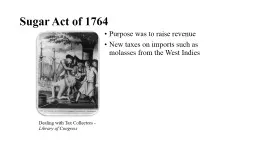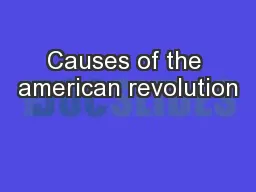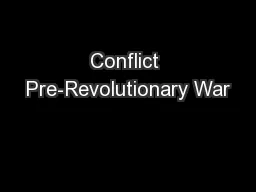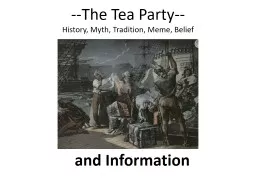PPT-Boston Tea Party
Author : tatiana-dople | Published Date : 2016-04-21
The Boston Tea Party of December 16 1773 took place when a group of Massachusetts Patriots protesting the monopoly on American tea importation recently granted
Presentation Embed Code
Download Presentation
Download Presentation The PPT/PDF document "Boston Tea Party" is the property of its rightful owner. Permission is granted to download and print the materials on this website for personal, non-commercial use only, and to display it on your personal computer provided you do not modify the materials and that you retain all copyright notices contained in the materials. By downloading content from our website, you accept the terms of this agreement.
Boston Tea Party: Transcript
Download Rules Of Document
"Boston Tea Party"The content belongs to its owner. You may download and print it for personal use, without modification, and keep all copyright notices. By downloading, you agree to these terms.
Related Documents

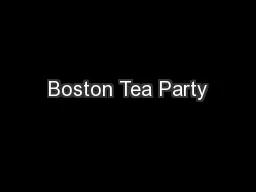



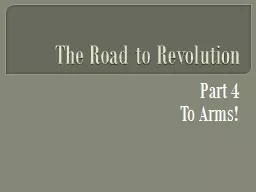
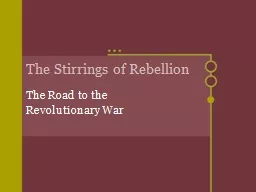
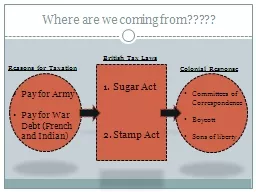
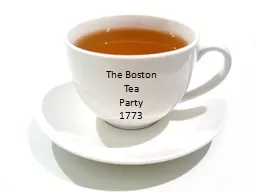
![[ 3.3 ] Taking Up](https://thumbs.docslides.com/556627/3-3-taking-up.jpg)
